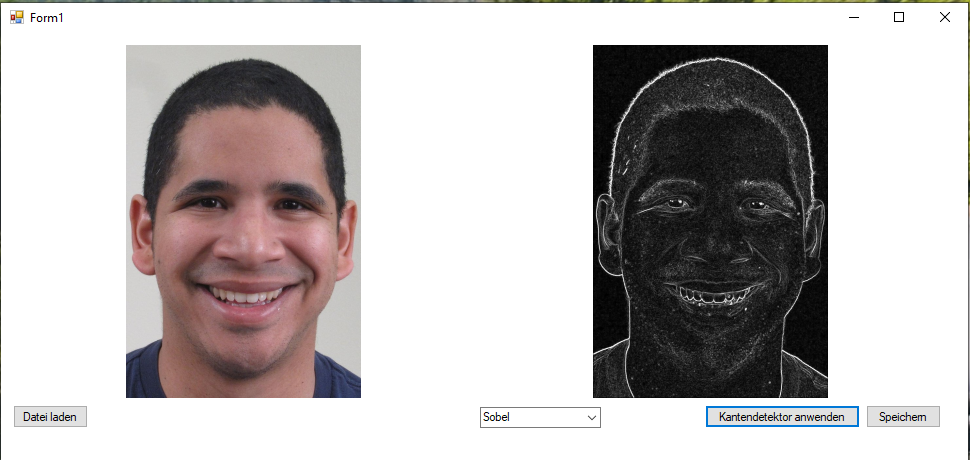Intro
A long long time ago, when I was still at school…
I was and still am terrible at drawing and painting. Those two always gave me a hard time back in art class, but somehow I always managed to deliver acceptable results. But then my personal nightmare arrived: our art teacher wanted us to draw one face, showing different emotions. That is though. I can´t draw a face. So let me share this anecdote with you, on how I solved this problem.
The Problem
Put simply
I can´t draw.
A bit more context
For most of the time I just accepted, that I can´t draw. I mean talent is not equally distributed and arts were never of special interest to me, so no problem, or? But somehow this assignment got me thinking.
I have no problem with more technical drawings, so why is it, that I fail so miserably? And by thinking about it, and looking at it from different angles, I realized, that one of the main reasons is my inability to see the outlines of the stuff I was supposed to draw. How would I go about drawing the wrinkles on ones forehead, if I couldn´t even tell, where they would end?
Or it could have actually been the lack of interest, practice and talent. But for one of those two explanations I can write a program, so you might wanna take a guess, what my 16 year old self decided to do.
Solution: Edge detection
At my internship at the University Bonn, I had a short encounter with the concept of edge detection algorithms. So knowing there was a solution to my perceived problem, I sat out and build a simple C# program. Thanks to the AForge library it was as simple as throwing some components on a windows from in Visual Studio to display the loaded picture, the result and a button to safe my creation.

So I still needed some pictures of one person with different emotions, but thanks to the paper of Du et al., 2014, that was also no problem.
Did it work?
Yes. Surprisingly it did. My art teacher was quite surprised, when I arrived with the printed out pictures and the result of the edge detection algorithm, and questioned me on how I obtained those. Her point was, that it would give me an unfair advantage. But after explaining my thought process and offering to give to program to everyone else in class, she accepted it as part of my creative process.
Sadly I can´t find the actual drawings I made, as they seem to be lost in time. So you just have to take my word for it, but they were quite OK. And the best thing is: My brother could reuse the program, when he needed it for another art project (I mean he is far more talented than I am, so he probably didn´t need it as much as I did)
Moral of the story
Get to the bottom of the problem you are facing and take a look at the tools you are good with. You might be able to find a creative way to put those to good use.
Sources
Du, S., Tao, Y., & Martinez, A. M. (2014). Compound facial expressions of emotion. Proceedings of the National Academy of Sciences, 111(15). https://doi.org/10.1073/pnas.1322355111
